Steam heat headache cured, 1930s column radiators restored
This single-family Brownstone in Bed Stuy, Brooklyn, is home to illustrator Fanny Gentle and her fashion photographer husband, Bill Gentle.

Home Studio
Like many artists balancing work and a young family, the couple need the house to be an adaptive space. Fanny has a small home office from where she produces her exuberant, playful artwork. Food and flavor is a distinct theme among her illustrations and her enticing creations feature on packaging for Absolut vodka cocktails, Other Half craft beers and Chobani yogurts, along with many other familiar brands such as Kiehl’s, MAC Cosmetics and BAGGU. We love her series of cocktail recipe still lifes. (Images from @fannygentle)


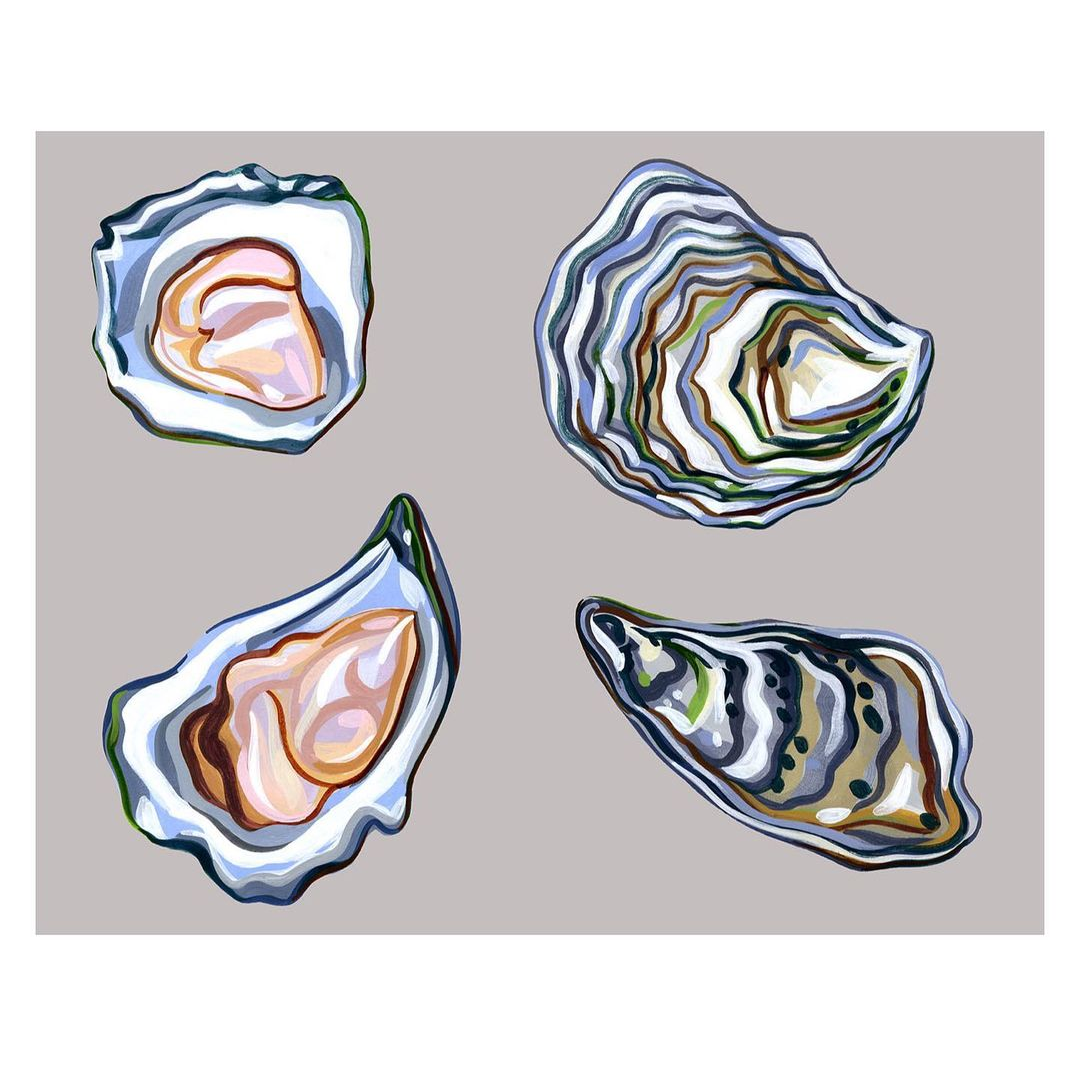
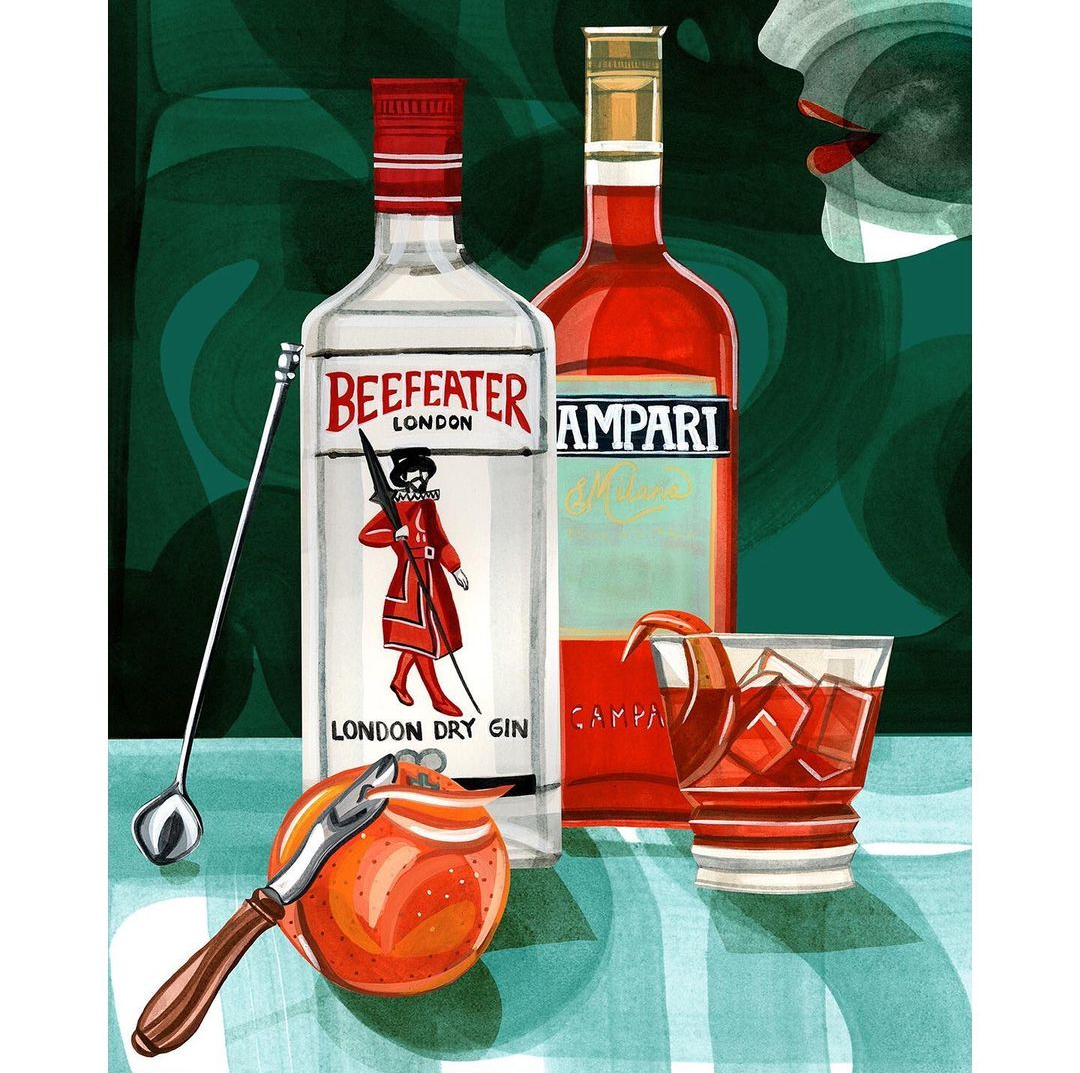
When he’s not out on a shoot, Bill has an office in the city but oftentimes he’s based from the kitchen table at home. Bill’s work encompasses portraiture, lifestyle photography and videography. He works with global brands including Mr Porter, Vanity Fair, Happy Socks, GQ, Teen Vogue, Mango, Soho House, Clarks and Illy Coffee. Coincidentally, many of his portraits capture creatives in their own working and living spaces.



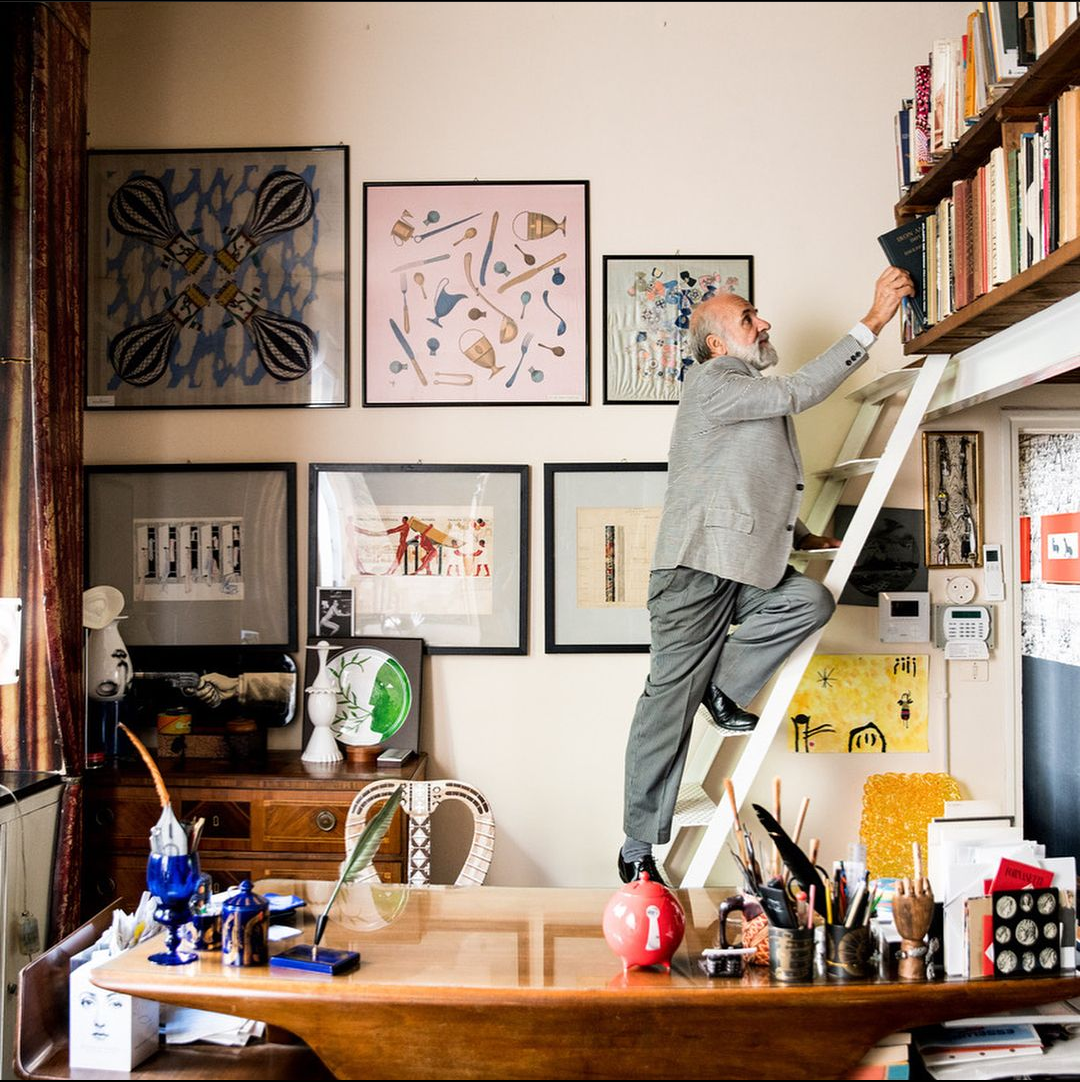


Steam heat SOS
Built between 1870 and 1890, the house is a typical example of a Neo-Grec Brooklyn Brownstone. Fanny says, “I love the historical features of our house. We try to preserve as much of it as we can because I think it’s the soul of the house and it’s a shame to take it away.” Interior features that have survived the decades include the original plaster ceilings and inlaid floors, a 1940s tin ceiling and some, although not all, of the 1930s steam radiators.
During our initial at-home consultation, we found this steam heat system was suffering from the classic issues associated with years of service as well as years of repairs and adjustments. Alongside the original radiators, Monroe Street had a mixed bag of more modern, poorly positioned replacements. Bill and Fanny’s main complaint, however, was that the house was often too cold upstairs but too hot downstairs. Problems with heat distribution are something we see a lot across NYC.
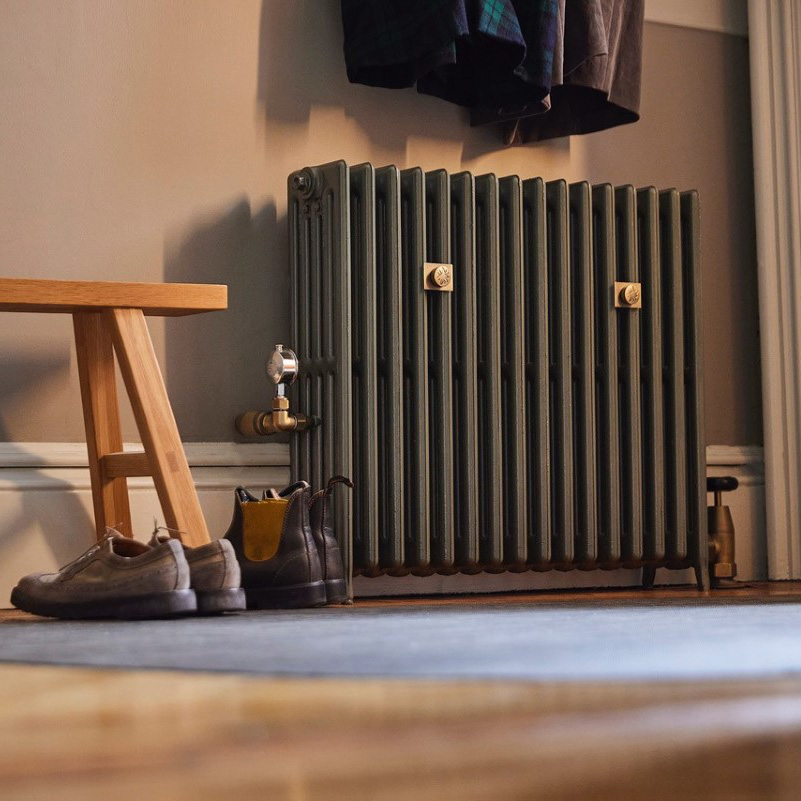

Balancing a steam heat system
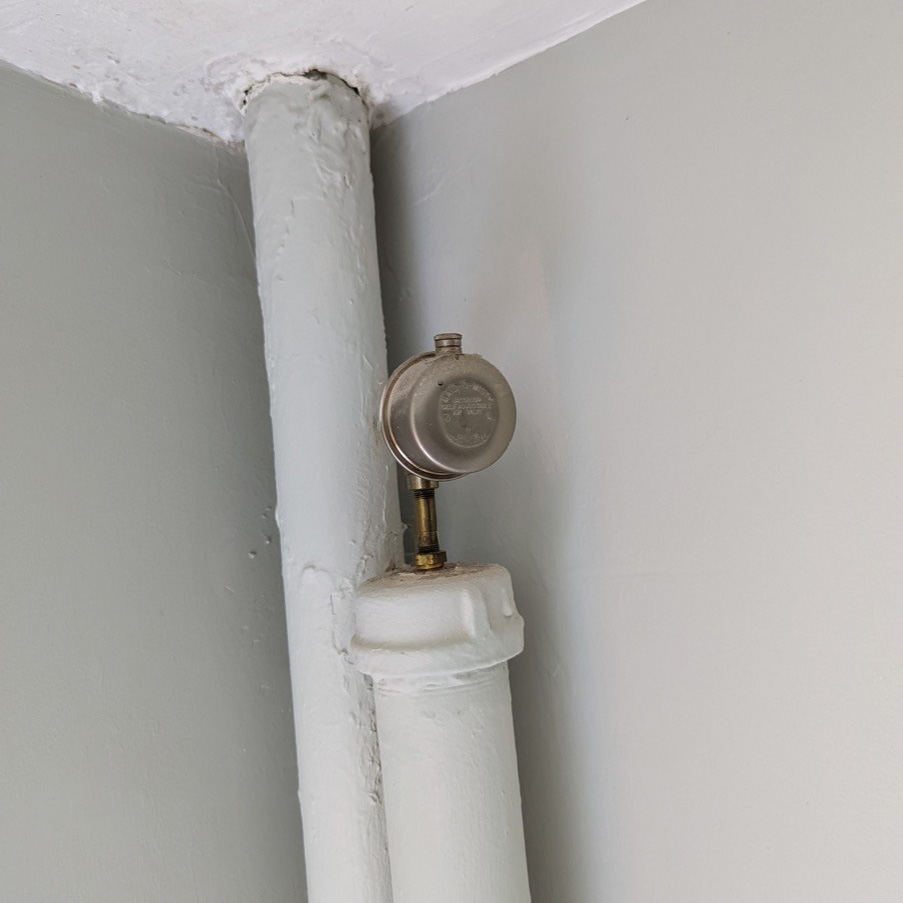
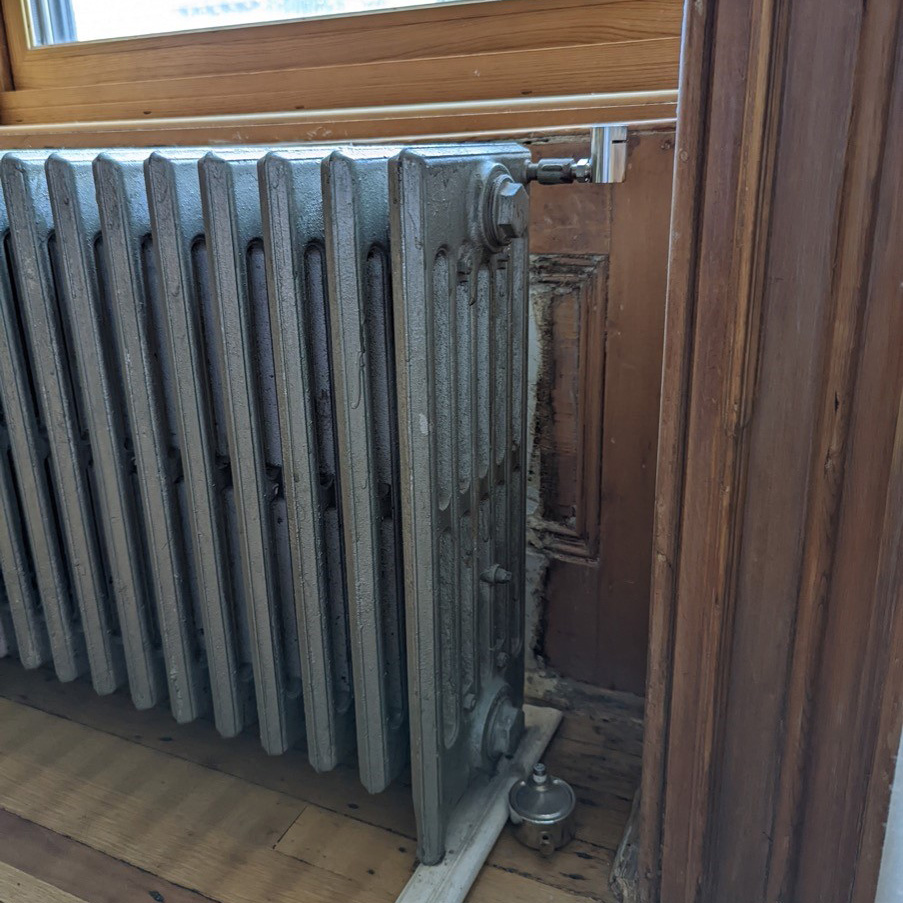
Steam heating becomes unbalanced when the pressure runs too high which can lead to air vents not working as they should. Inadequate venting of the risers is a really common issue that often manifests as radiators that are too hot on the lower floors and not at all hot at the top of the building.
The solution involves lowering the pressure and venting more air, but there is a lot of fine tuning so it’s important to have your system assessed by a pro. The size of the building, the layout of the steam risers and the number and size of the radiators will determine the correct boiler pressure and your venting strategy.
Venting can save 32% on a $35,000 annual fuel bill
Steam heat guru Dan Holohan gives an emphatic explanation in this video. If you want to get to grips with venting, watch the full 15-minute talk. But in summary, Dan stresses the importance of venting and right sizing your vents. He gives an example of how the addition of master vents to a 100-year-old apartment building reduced a $35,000 annual fuel bill by 32%.

A properly vented steam system should not only provide evenly distributed heat throughout the building, it should also heat up, as Dan puts it, “crazy fast”. He shares an anecdote from an engineer who reworked the heating of the Empire State Building. Testing his properly vented system, the engineer found that the steam, generated way below ground, took only moments to reach the radiators at the very top of the tower, above the observation room. This goes to show there is no reason a three-storey brownstone should be cold at the top – the answer is venting. In Dan’s own words, “This stuff works, my friends!”
Correcting heat distribution
After assessing the system at Monroe Street, we recommended a tried-and-tested approach of venting the main line and the risers on the top storeys so that air can escape upstream of the radiators themselves.
In this top floor bedroom, a vent on the riser just next to the gate valve ensures this upper-level radiator receives steam almost instantly. A Niva One-Pipe Steam TRV vents the radiator and controls the heat for the room.
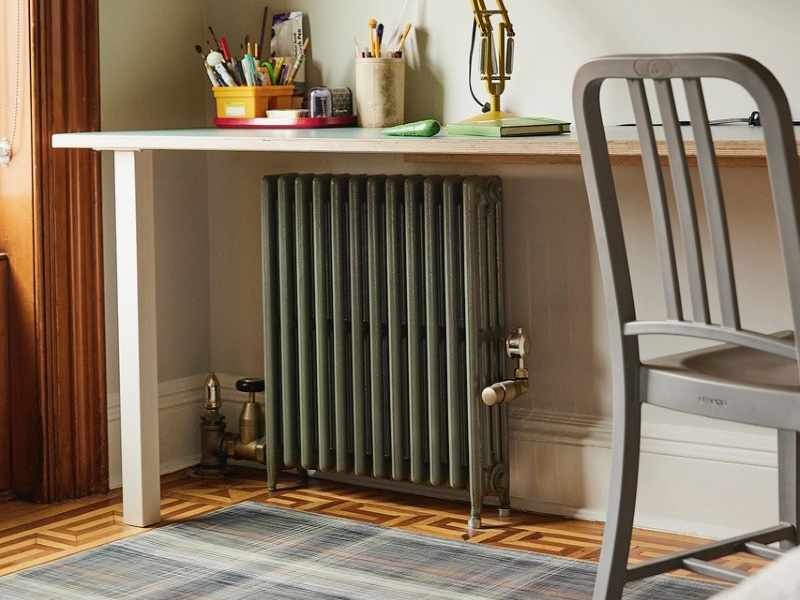
A small vent on each radiator is then sufficient to get balanced heat throughout the house. The couple opted for our traditionally styled Niva One-Pipe Steam TRVs which vent the radiator while also offering precise, automatic temperature control in each room. All radiators and vents were expertly installed by master plumber and long-term friend of Castrads, Augusto Renoj. We expect these changes will also lower Bill and Fanny’s fuel costs, but as we’re only just at the start of heating season, we’ll have to report back on that later in the year.
Right-sizing with Mercurys
Some of the original cast iron radiators had been replaced fairly recently with low-quality, Chinese-cast models with no historical interest. We were able to replace these with correctly-sized and perfectly-positioned Mercurys.
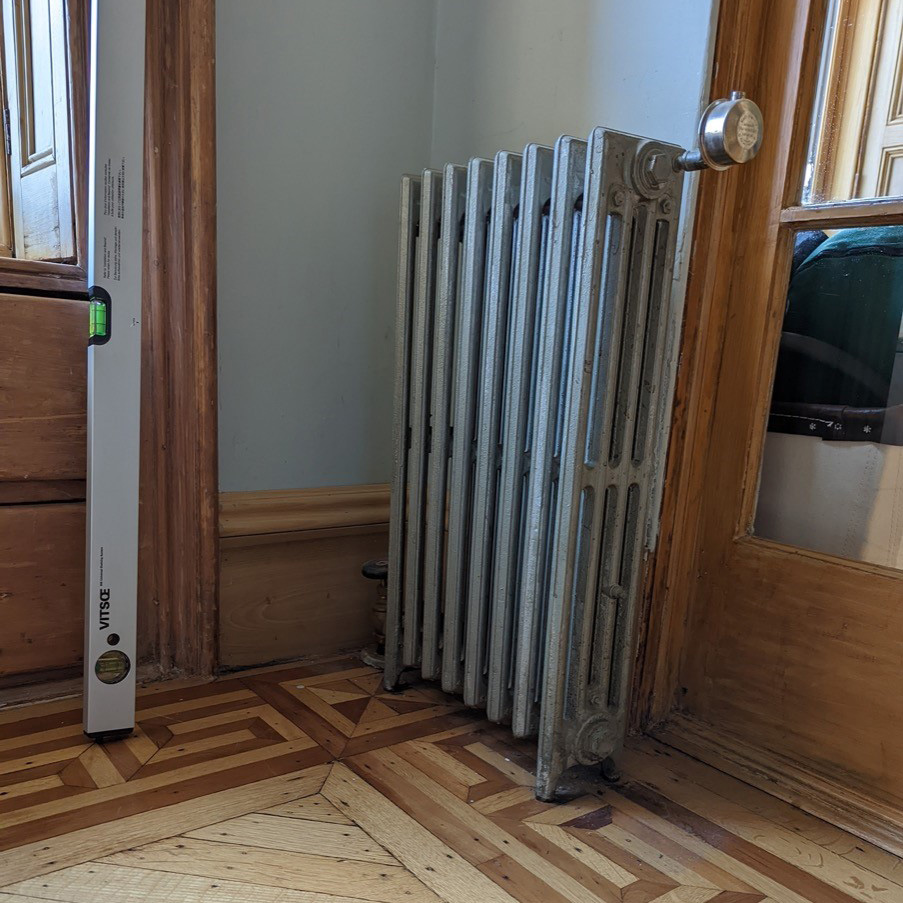
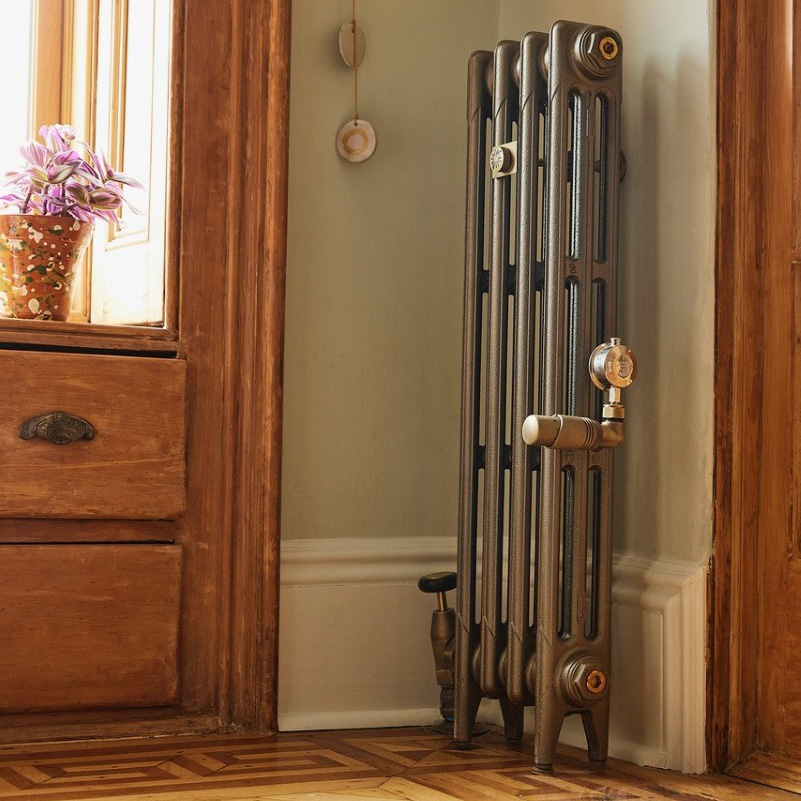
.jpg)
-1024x684.jpeg)
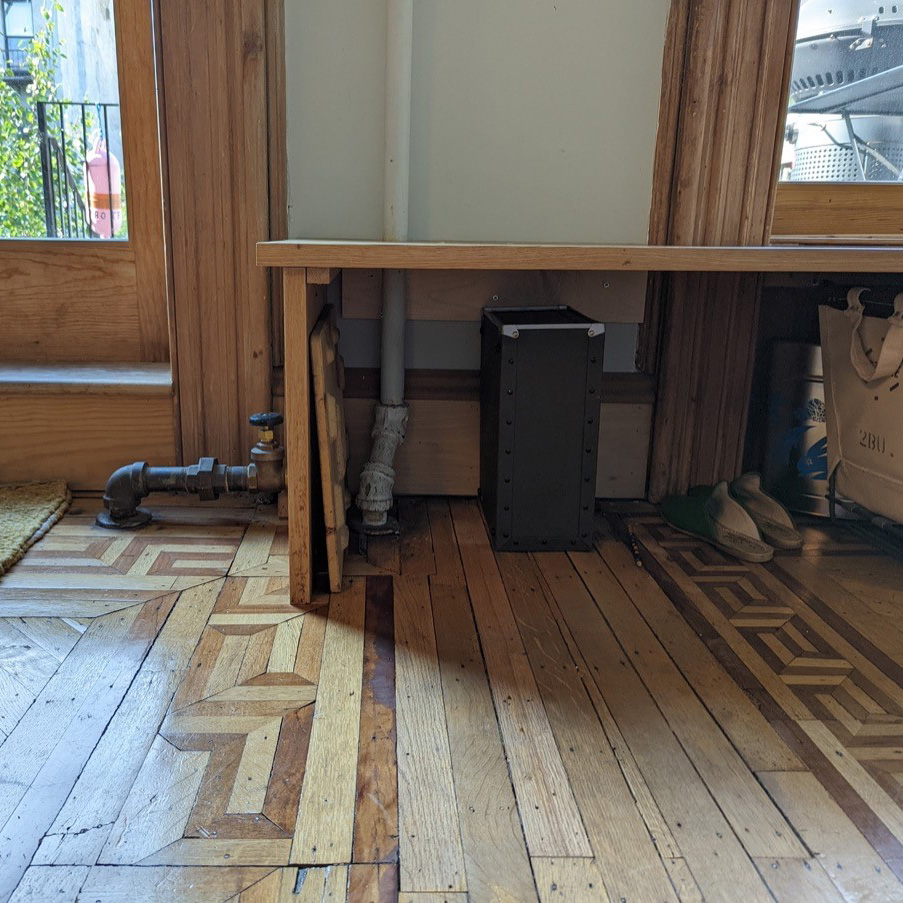
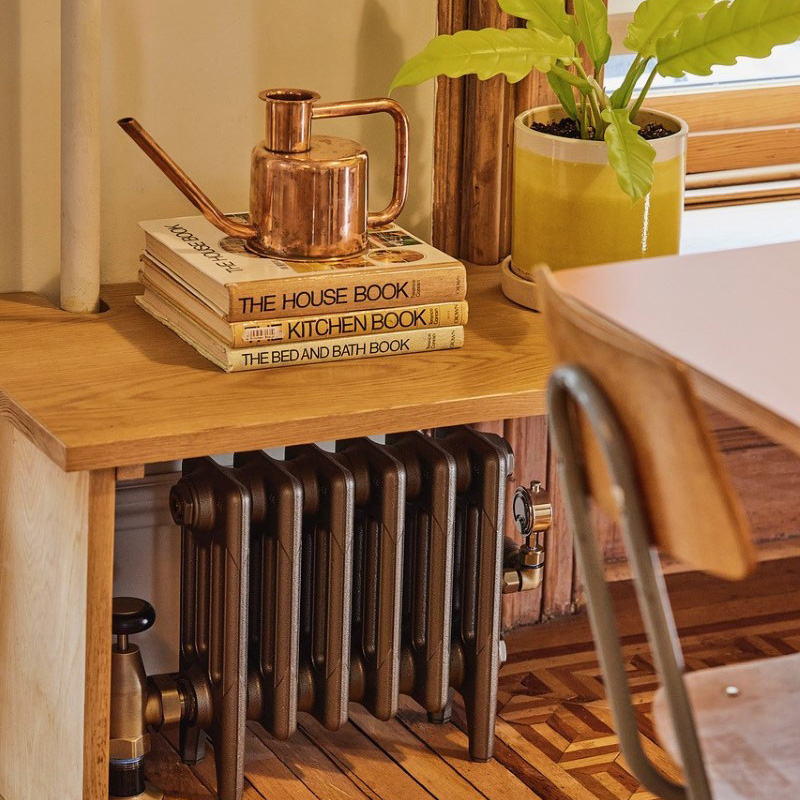
Restoring “landmark” Arco radiators
The original radiators at Monroe Street are known as Arcos and were launched by the American Radiator Company in 1930. Described as “a new landmark in the progressive development of heating apparatus”, the Arco came at a time when the Great Depression was forcing every industry to economise. The American Radiator Company needed a cheaper, thinner cast iron radiator.
A decade earlier ‘American’ foundrymen proved their mettle when they produced the Corto – a radiator with 0.14″ walls when the standard was 0.31″. Put to the test again, they delivered the groundbreaking Arco with a wall thickness of 0.08″.
Sizing the the new model up against their Peerless (1880s) and their Corto (1922), advertising for the Arco declares, “It’s trim, smart lines and convenient size render it quite unobtrusive.”

Restoring Cast Iron Radiators
Restoring cast iron is a delicate process, even without the added challenge of such super thin castings. Regrettably we damaged one radiator from Monroe Street while removing a broken vent. It’s a hazard of restoration that we do our best to avoid, but we have to make our customers aware that it can happen. Our Restoration Ts&Cs outline that uninstalling, handling and stripping back original radiators can also uncover hidden damage and that there is always a chance the radiators will not be deliverable. We replaced the damaged radiator with one from our own collection, custom sized to match the output of the original
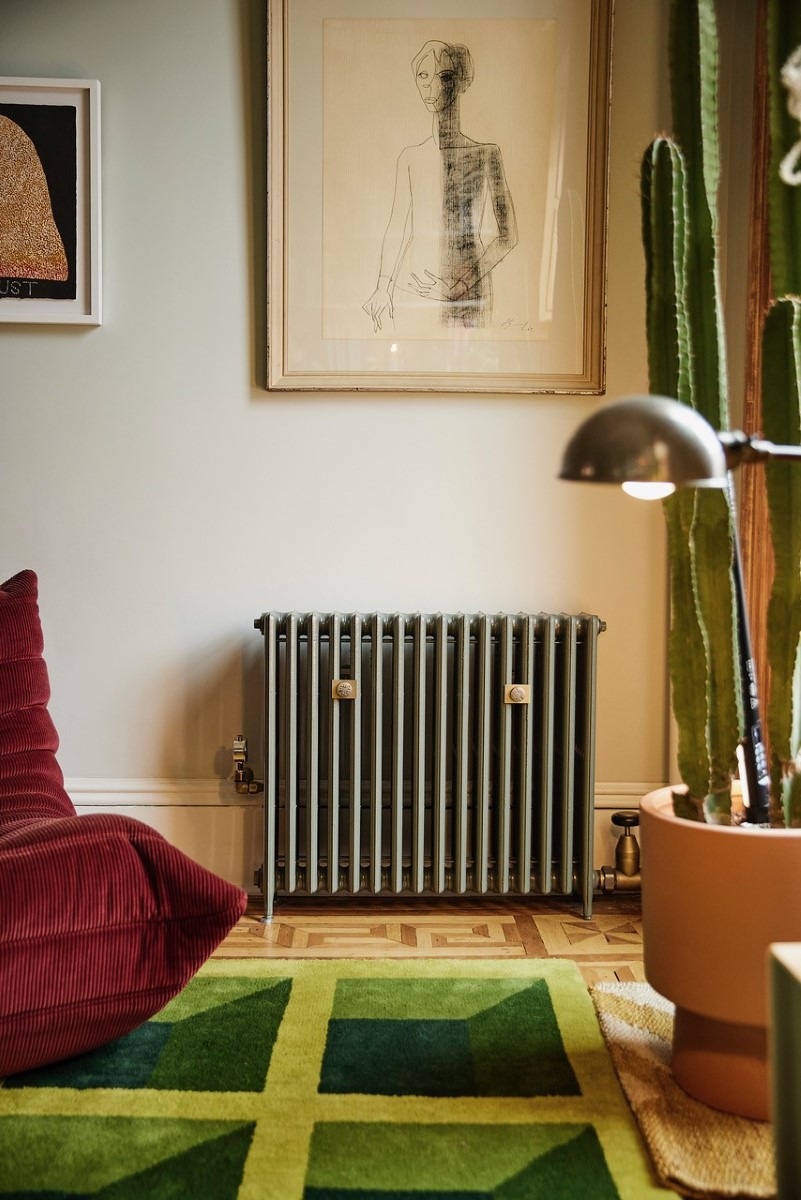
.jpeg)
Fanny told us, “[The house] has gone through so many iterations and served so many different people and families and it’s still standing, a real testament to this house! There is so much to love about it. It’s precious in a quirkily unpretentious way. I love that it’s a total mash up too and people that lived here have put their touch to it.”
As Bill and Fanny add their own touch to the house, their loving restoration work will ensure the story continues.

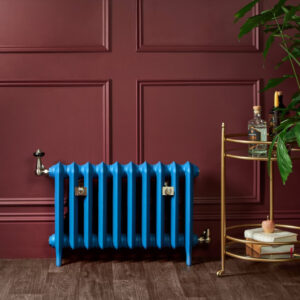
-300x204.jpg)




